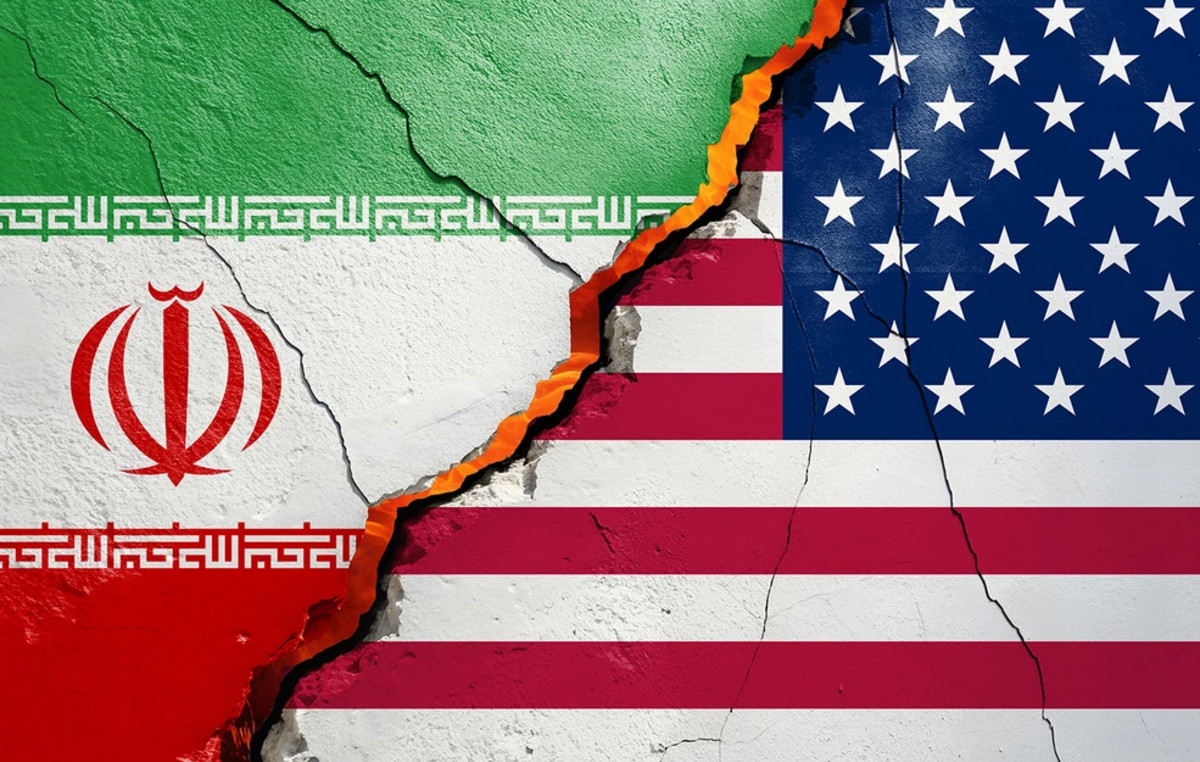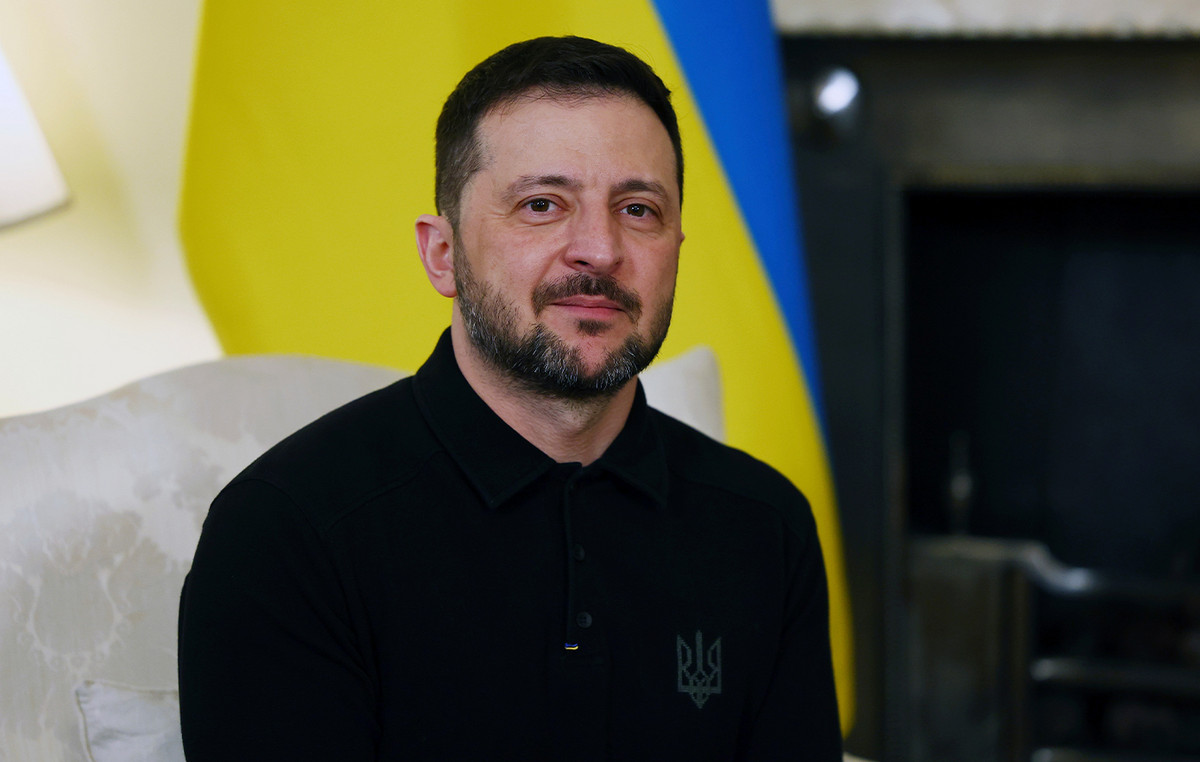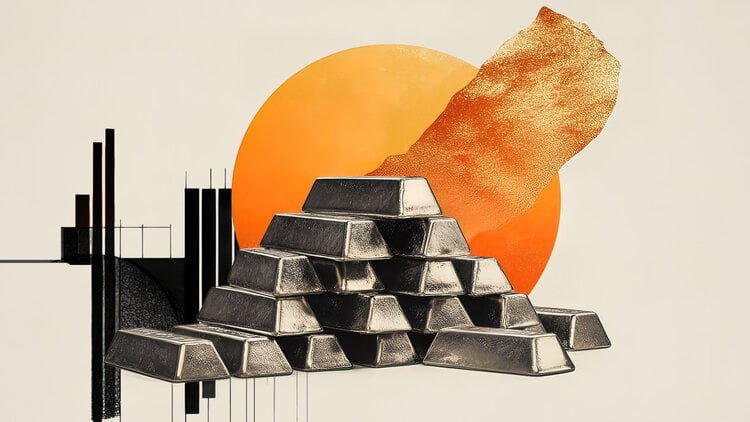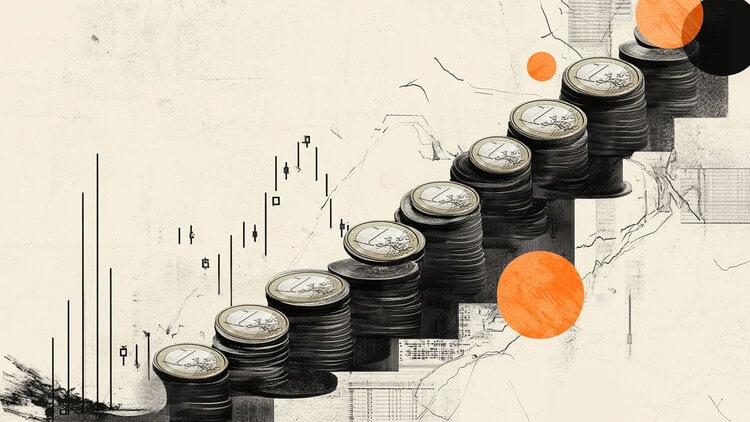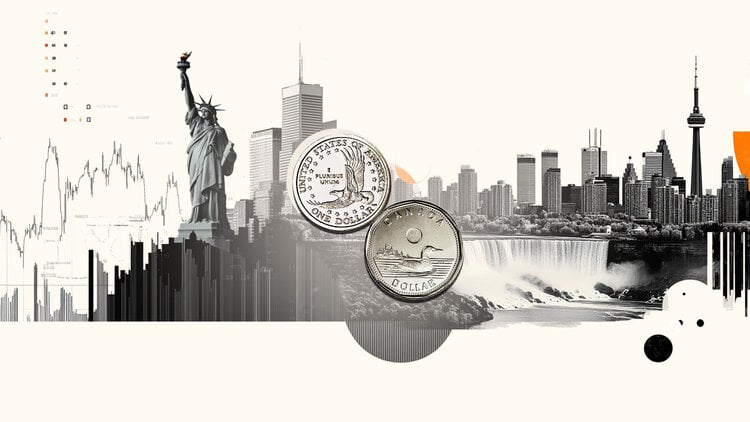In the 1950s, Charlie Chaplin gave a thousand-word excerpt from his autobiography to the Russian newspaper Izvestia. The Soviets paid royalties to the silent film king with four kilos of caviar. That's about a spoonful per word.
The Greek magnate Aristotle Onassis liked to eat his pressed caviar, like the peasants, while Christian Dior covered his rare eggs with most desired eggs in the world .
The ultimate symbol of luxury, caviar is not for everyone. There are those who can consume it and those who “have never seen it, nor eaten it, I only hear about it” – as the song by Zeca Pagodinho says.
Even with years passing, wars and new civilizations, the damn thing has maintained the same reputation for centuries. And this is in Brazil, France, the United States or anywhere else on the planet.
The ingredient is a real beacon. Simple. Without beating around the bush. To the sturgeon roe prehistoric fish over 250 million years old, are synonymous with “le savoir-vivre” – in free translation something like making the most of life. Here it was written in French to give things even more sophistication.

The whole world consumes fish eggs, whether salmon, trout or mullet, but none of them can be called caviar.
Caviar, the real thing, is the name given to the unfertilized roe of some Eurasian and North American sturgeon . There are 27 species, but the most desired are four: Almas, Beluga, Oscietra and Sévruga.
These species are found in the Caspian Sea, home to almost all the wild fish that have not yet become extinct on the planet.
The most desired in the world
O The most expensive caviar in the world is Almas , which in Russian means “diamond”. He comes from the region now known as Crimea, in southern Ukraine. According to the Guinness Book – the Book of Records, Almas regularly sells for US$34,500 (around R$178,000) per kilo, making it the most expensive food in the world. It comes exclusively from albino sturgeon that is more than 100 years old.
The caviar Beluga It is produced by the largest fish, which weigh 600 to 800 kilograms. The fish lives exclusively in the Caspian Sea, in Iran. The roe is the largest among all caviars. Some can reach the size of a pea. Colors vary between silvery gray and dark gray, almost black. The amount of salt is balanced and has a light buttery flavor. For a long time, it was reserved exclusively for royal families.
O Oscietra sturgeon It is much smaller than the Beluga. Today, most fish are farmed to ensure continued production and quality. It has a pleasant consistency and subtle flavor. Its colors vary between dark brown and gold. And the lighter they are, the more expensive – this means they are produced by older sturgeon.
Sevruga It is the most common and the one that reproduces most quickly. The roe is smaller and pearly-gray. Its flavor includes a sharp and somewhat creamy maritime taste.
Characteristics of caviar

Roe size and color : vary according to the species of sturgeon from which they come. Some are small and delicate, others robust. The color can vary between intense black and shiny gold.
Flavor: delicately salty. Some varieties may have smoother, creamier notes, while others are more intense and complex. All, however, bring a slight flavor of the sea.
Texture: explosive. When consumed, the caviar bursts smoothly in the mouth. This explosion is part of and essential to the sensorial experience of tasting caviar.
It's good, scarce and expensive
The price of caviar is governed by an equation that combines scarcity, artisanal mastery and social status. The increasingly evident rarity of wild sturgeon, combined with the careful collection of roe and delicate maturation, generates a delicacy that is extremely desired and rarely offered.
In the 320 pages of the book Caviar – The strange history and uncertain future of the world's most coveted delicacy by Inga Saffron, the American journalist, who was a correspondent for the newspaper Philadelphia Inquirer, in the 1990s, in Moscow, highlights how Soviet communism was tough on the sturgeons. However, according to the work, American capitalism was even worse.
The Bolshevik state economy helped keep prices up and control production. With the end of the Soviet Union in 1991, the ingredient became just another commodity to be sold in the hands of Americans. It won the shelves around the world. The result was immediate: the price plummeted and several roes of dubious origin took over the market.
Caviar production, however, was then highly impacted. Female sturgeon have begun to die in the middle of their habitat in the Caspian and Black Seas – as a result, fewer eggs are made and therefore consumed.
As they are increasingly difficult to find, prices go up and caviar becomes even more expensive.
Slow process and lots of eggs for little caviar
Caviar is one of the iconic ingredients of Russian cuisine. But Russia, we cannot forget, is the country with the largest territory on the planet, representing 3.35% of the Earth's total surface. How to transport this merchandise from one place to another without spoiling it?
That's when fishermen came up with the idea of preserving the roe with salt. It takes up to two years for beluga sturgeon to reach the maturity necessary to produce roe. . The eggs must be removed while the fish is alive. to guarantee its quality and freshness.
Then they are washed and put in brine. These are then continued for approximately one to two months to achieve an ideal degree of healing.
Pressed caviar is prepared with compressed roe. It takes 5 kilos of fresh caviar to obtain 1 kilo of pressed caviar.
More than 300 years until it became a luxury item
Over the course of 300 years, sturgeon roe went from being eaten by pigs (during the time of the Mongols), enslaved people and villagers to becoming the most expensive and coveted ingredient in the world . Caviar went straight from the peasant table to the silver plates of aristocrats.
The extermination of sturgeon began in the Middle Ages, when the meat of this fish was extremely valued. Despite its prehistoric appearance, it is a fish that doesn't fight much when caught.
Everything changed in 1671, when the surrendered Cossacks (a heterogeneous group, made up of dissidents from the Orthodox Church, peasants fleeing the feudal system and outcasts) presented Tsar Alexios with a dish of caviar as a demonstration of humility and submission.
From then on, this offering of sturgeon roe became an obligation and the best caviar was sent directly to the nobles of Moscow.
With the exile of Russian princes in France, caviar came in the suitcase. Ready! What was once food for the poor gave life an upgrade never seen before in history: of feed for the most expensive ingredient in the world.
French accent
Despite being born in Russia, the accent of the most expensive ingredient in the world is French. It was at the table of the Parisian bourgeoisie that he established himself.
With the Industrial Revolution, from the middle of the 18th century, which enabled the consolidation of capitalism, the concept of the luxury market was also born, aimed at people with high purchasing power.
“Luxury is not an industry. In fact, it is a concept built over time by iconic and often centuries-old brands. ”, explains Carlos Ferreirinha, founder and president of MCF Consultoria, specialized in Strategic Intelligence for Luxury and Premium Management.
According to Ferreirinha, there are several characteristics that transform a product or service into premium, such as: the aura of extraordinary, exceptional and non-negotiable quality combined with elements such as rarity, uniqueness and “that which is not available to everyone at any price or time” .
Regarding caviar, Ferreirinha says that, just like the diamond market, the industry needs to be regulated. “Today most of the emblematic diamond brands work with very strict standards and practices in relation to market dynamics, such as social responsibility, sustainability and respect.”
And while for some the most expensive ingredient in the world may sound a bit ostentatious and even caricatured, Ferreirinha reminds us that no product is ostentatiously luxurious, this is the behavior of the individual who consumes it.
Returning to France, it was exactly in the land of champagne that caviar found its golden cradle. “Caviar has always been synonymous with luxury, alongside foie gras. These are two delicacies that a French chef always has on hand when he wants to elevate a menu to sophistication. ”, says the executive chef of Hotel Unique, Emmanuel Bassoleil, who created in 1992, at the now defunct Roanne, the iconic dish of steamed sea bass, with champagne cream and caviar.
“It's an ingredient that brings celebration . AND There is a whole ritual to be enjoyed , as well as the cigar. It needs to be at the ideal temperature and be aerated, that is, stirred with a spoon so that oxygen can enter”, he adds.

At the price of gold
Caviar, in itself, is already an expensive product. However, some productions can increase the item even higher, which costs almost R$200,000 per kilo.
An example is white caviar. These roes are even rarer as they are albino and taken from Siberian sturgeon.

And for those who want an even more exclusive version, there is the Strottarga Bianco (known as White Gold). This high-luxury edition is made from rare albino Siberian sturgeon roe and sprinkled with 22-carat edible gold threads.
This delicacy It costs around R$538,000 – but that’s not per kilo, but rather a can weighing just 32 grams .

Source: CNN Brasil
Johanna Foster is an expert opinion writer with over 7 years of experience. She has a reputation for delivering insightful and thought-provoking articles on a variety of subjects. Her work can be found on some of the top online news websites, and she is currently lending her voice to the world stock market.

